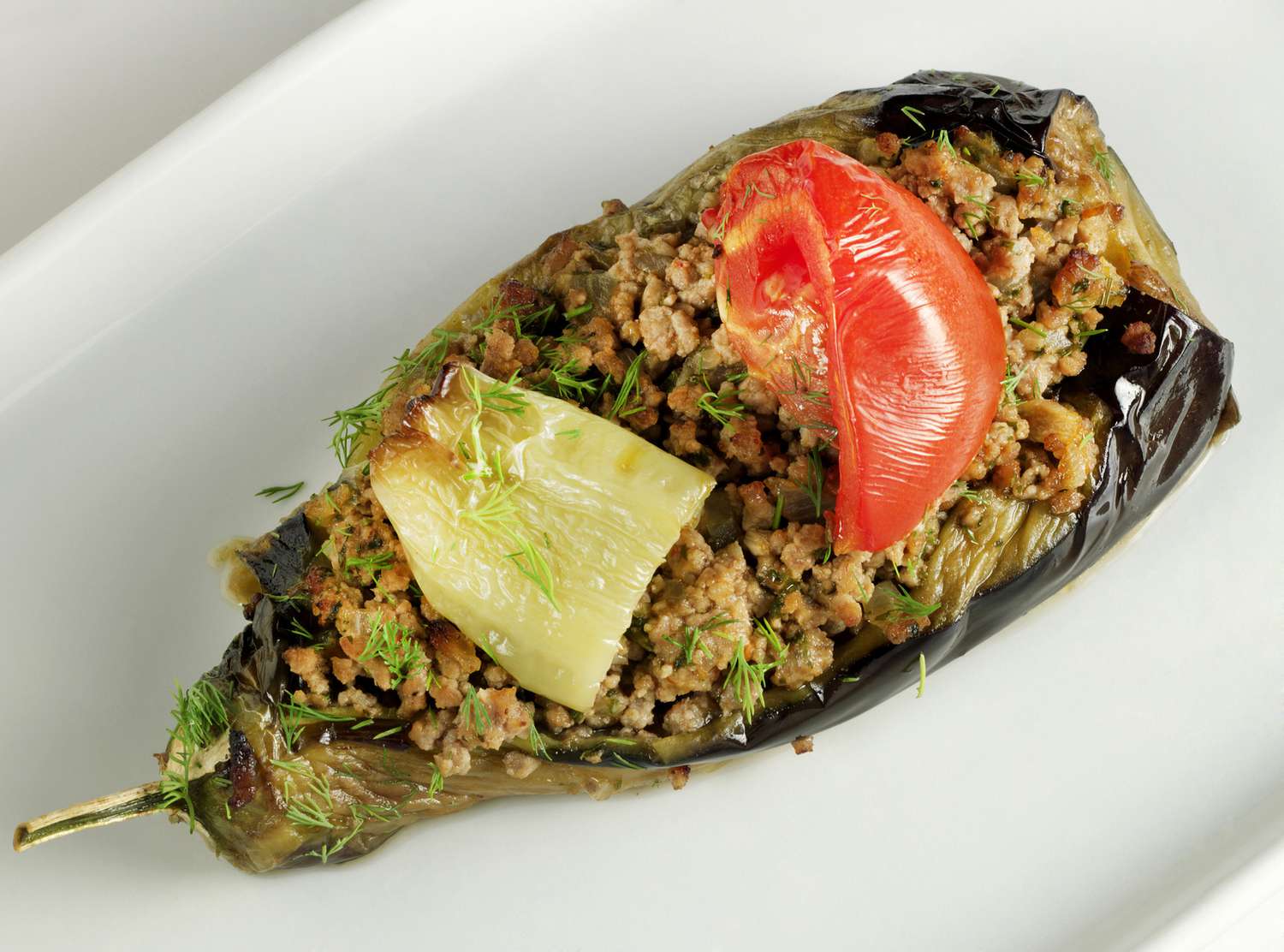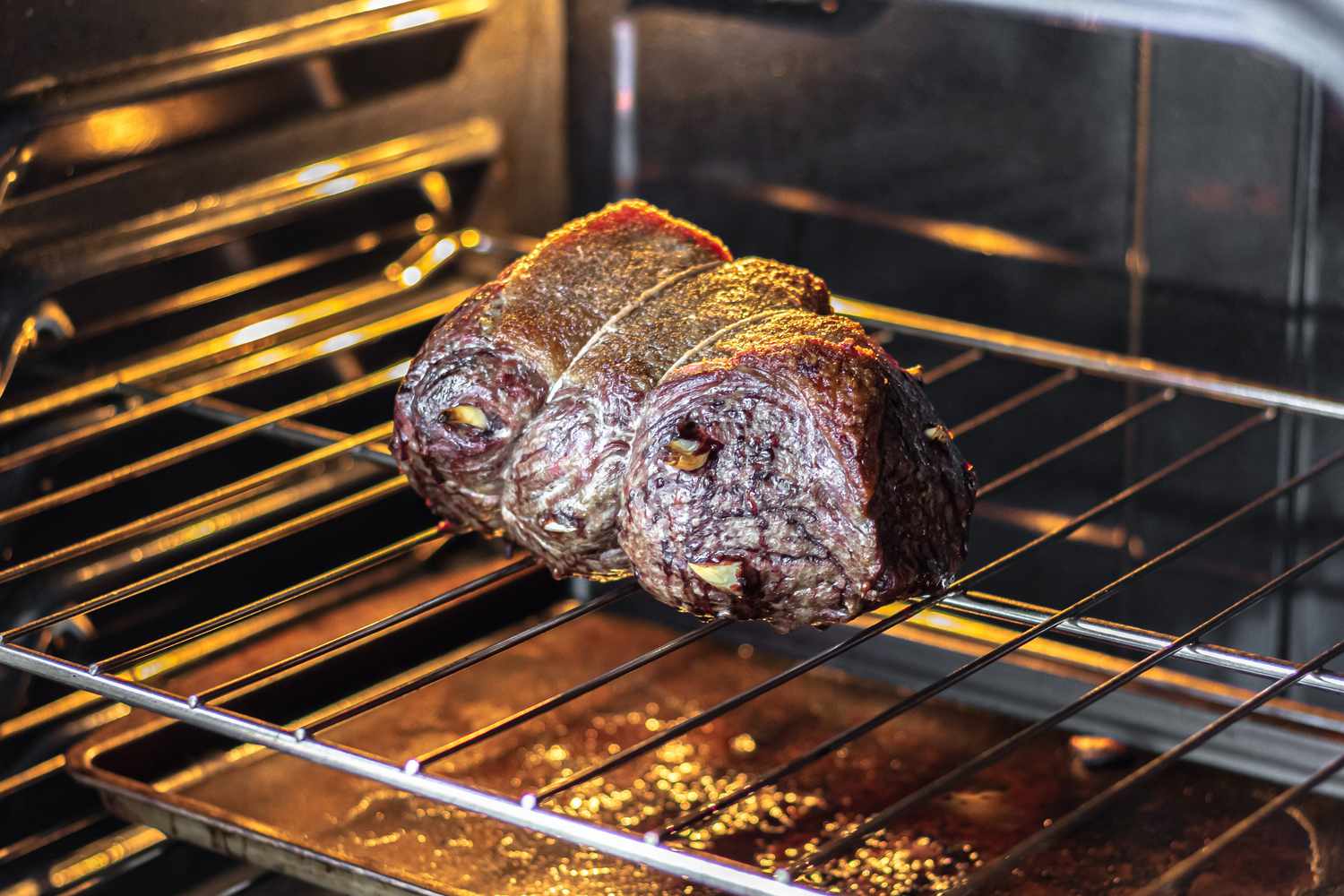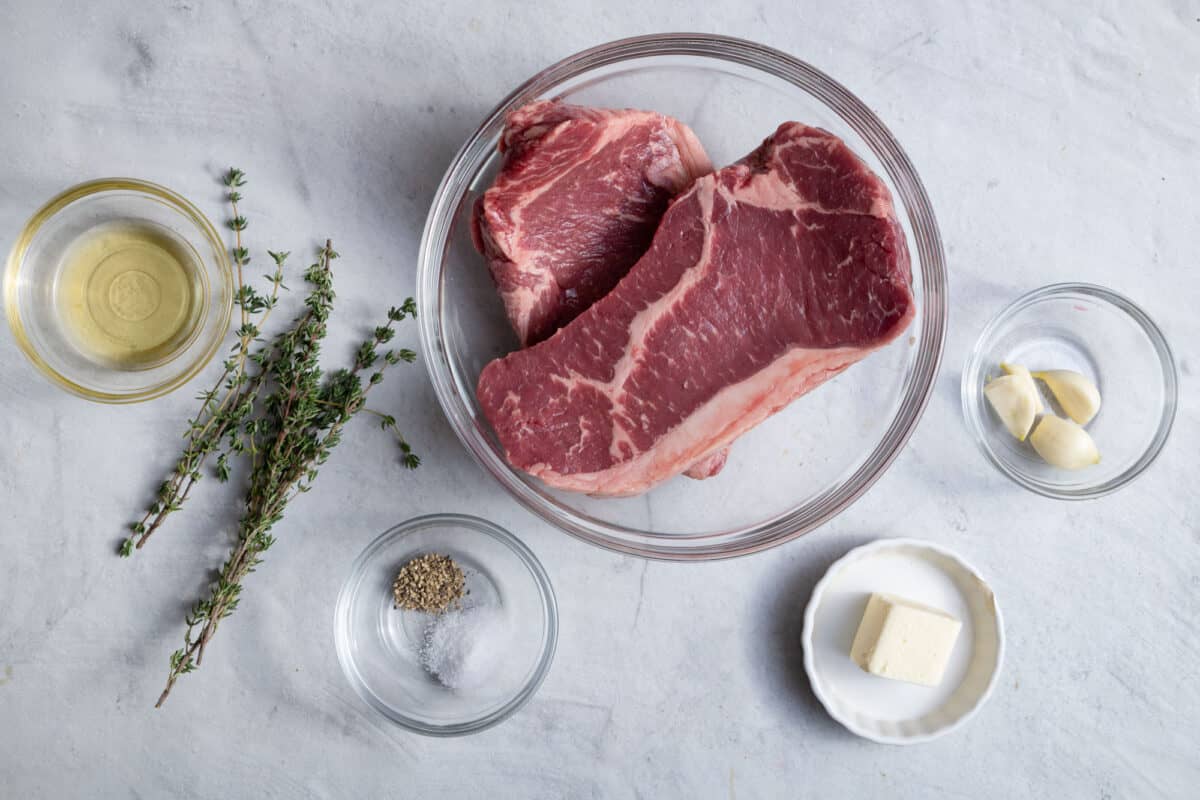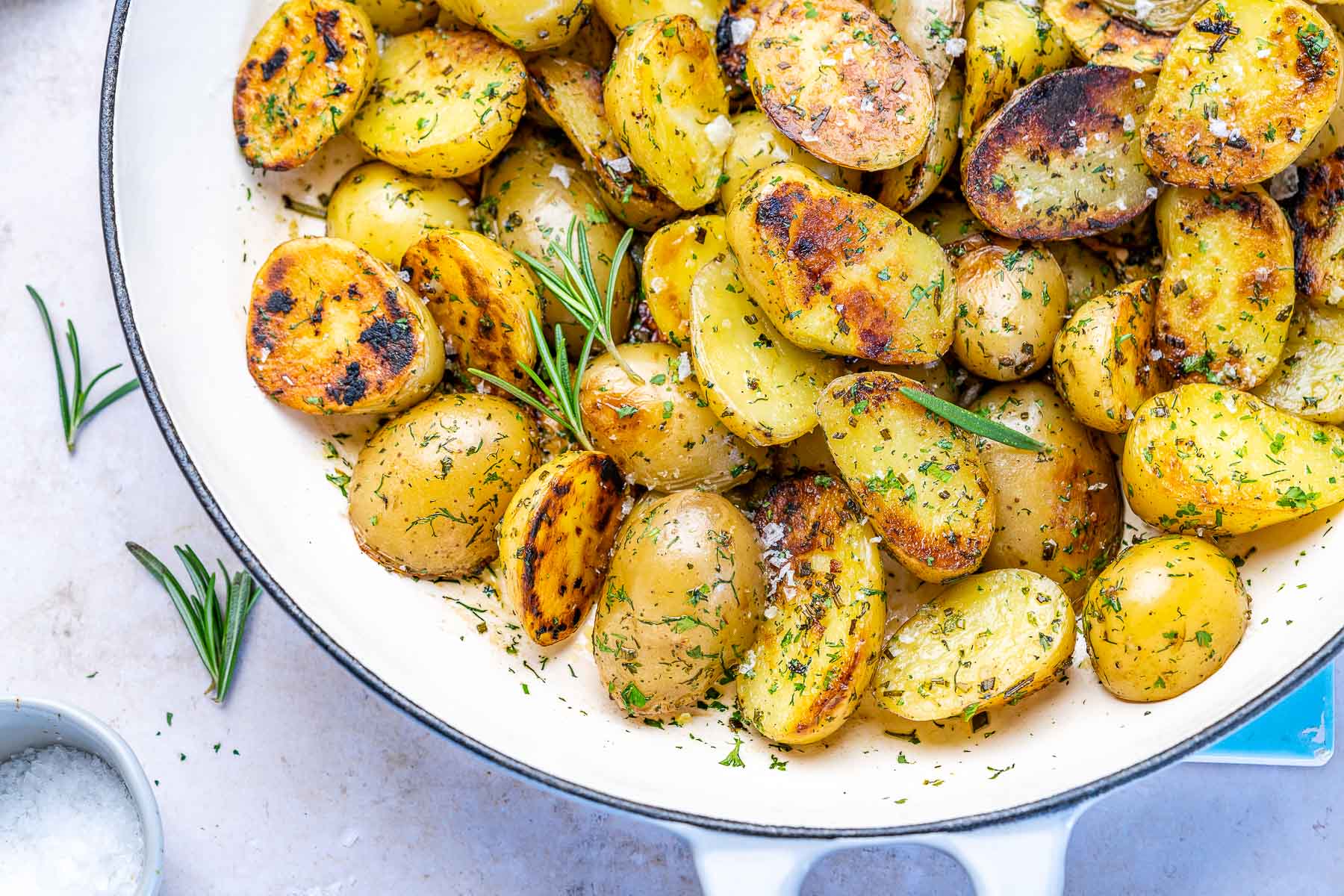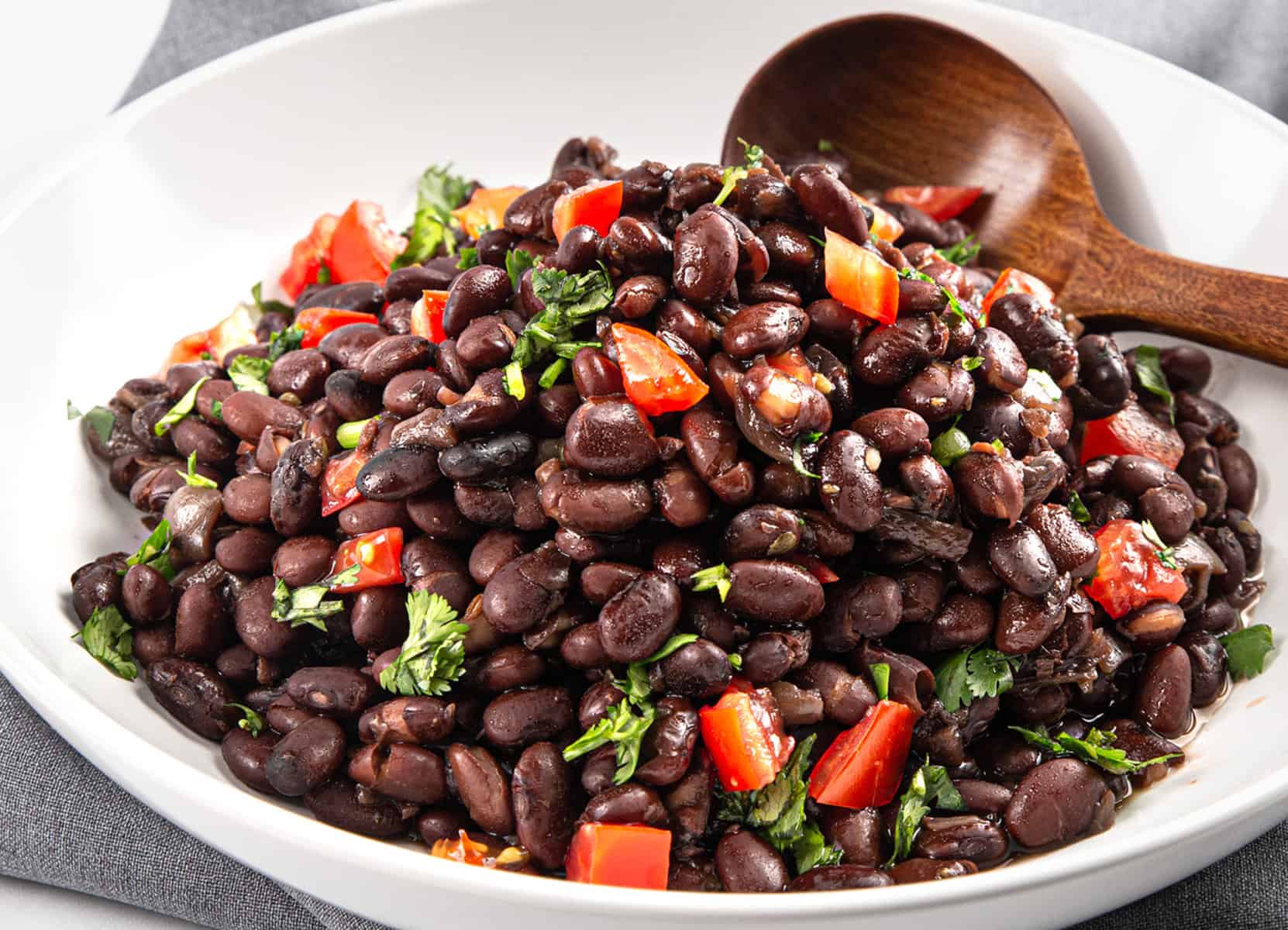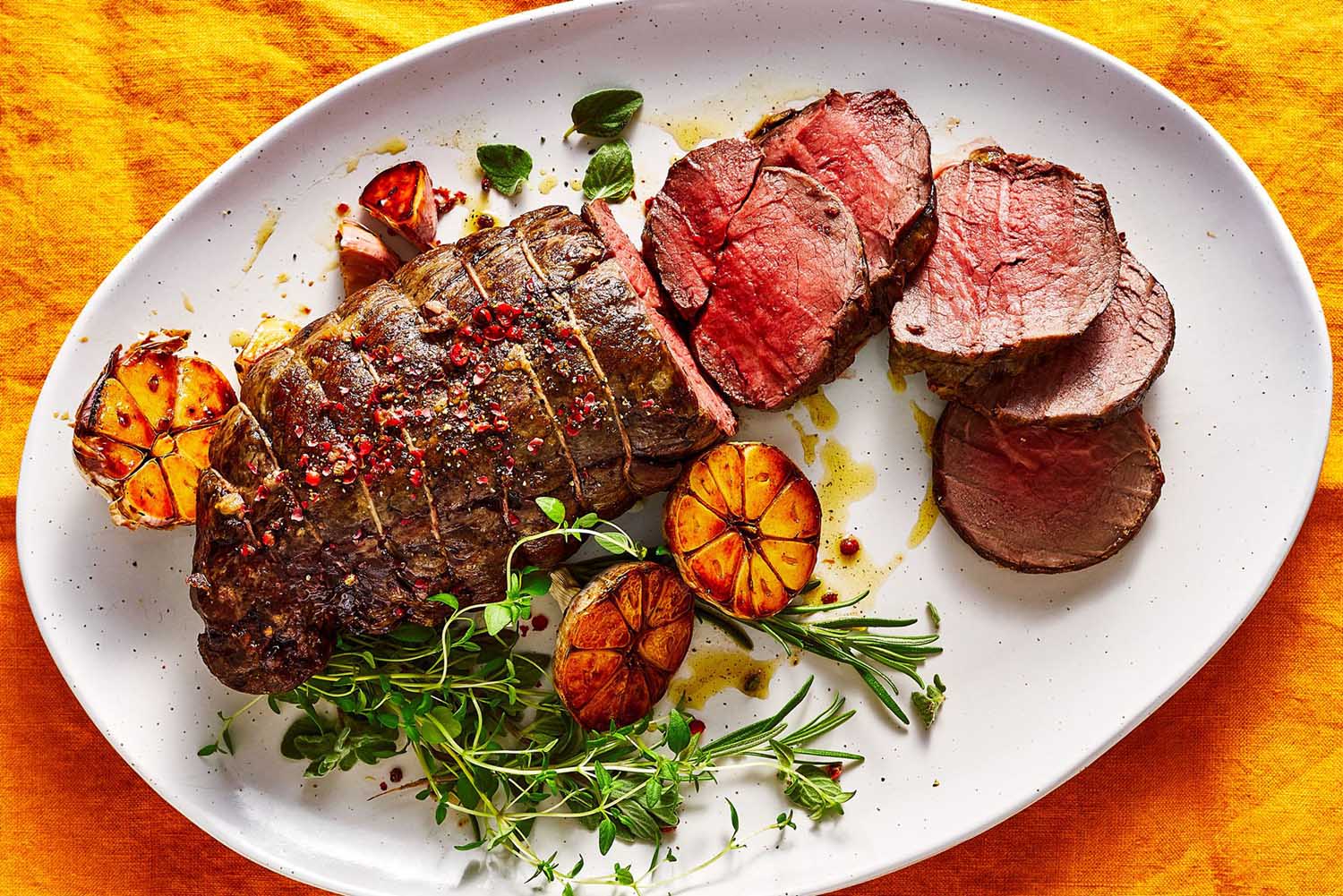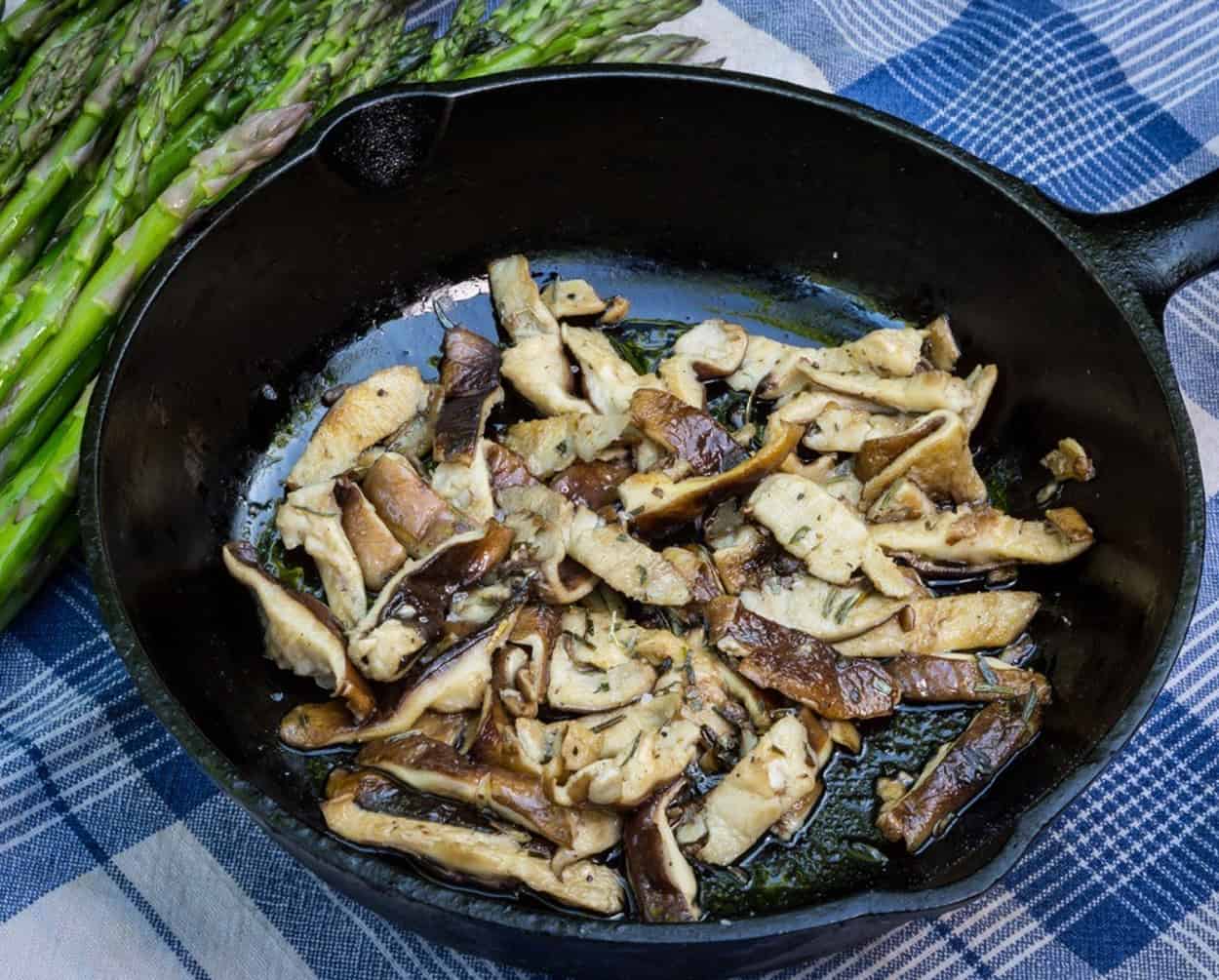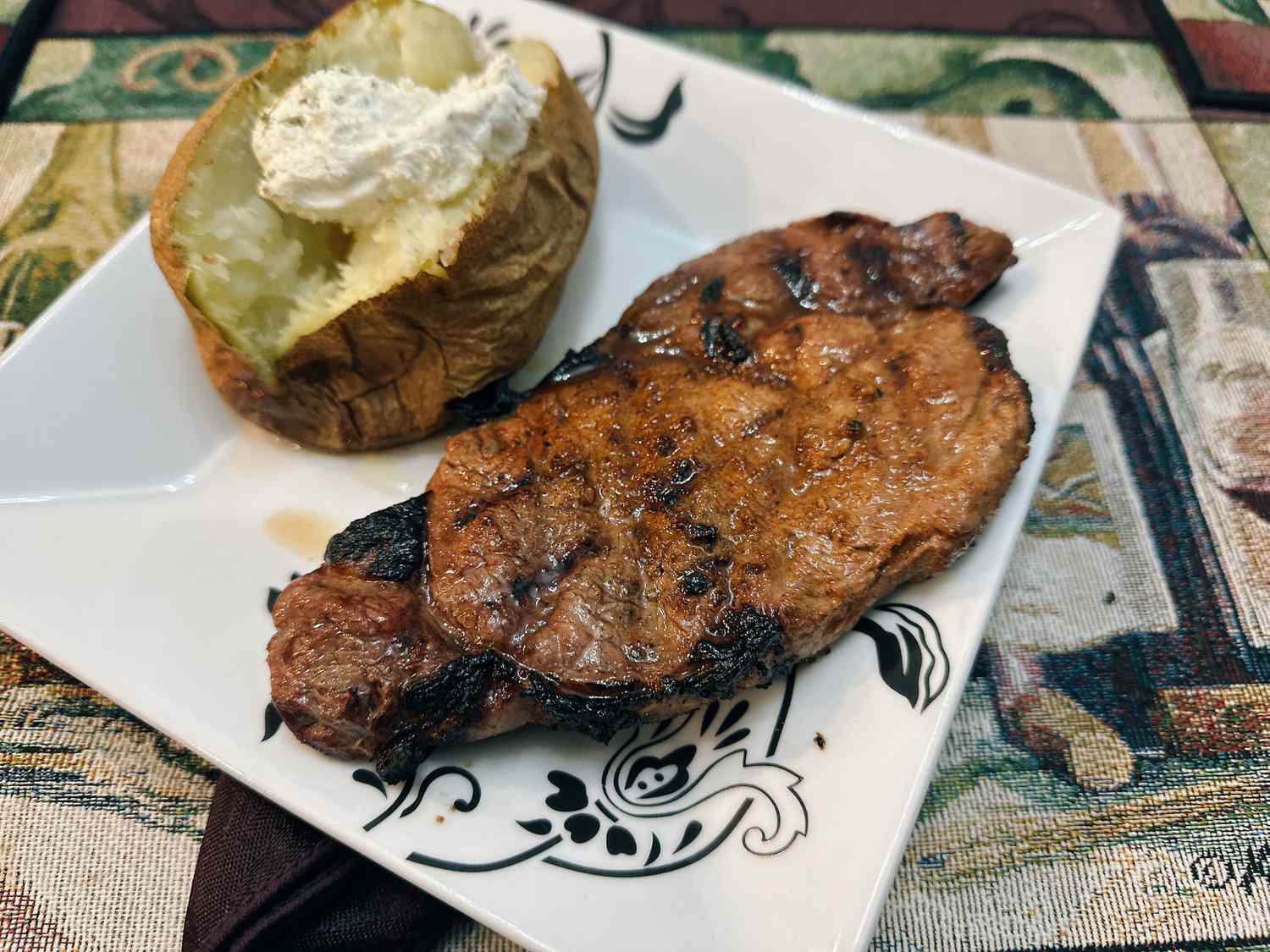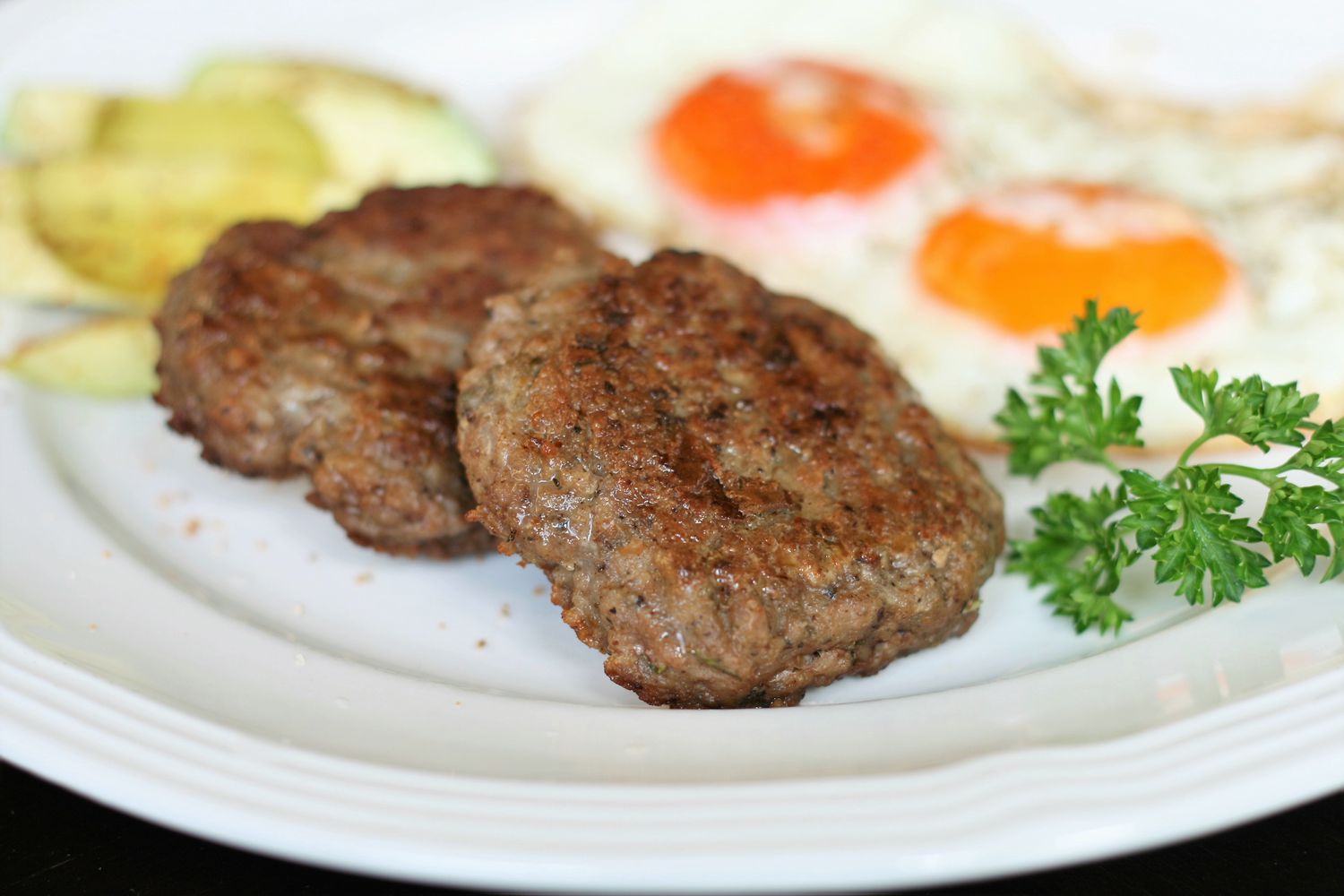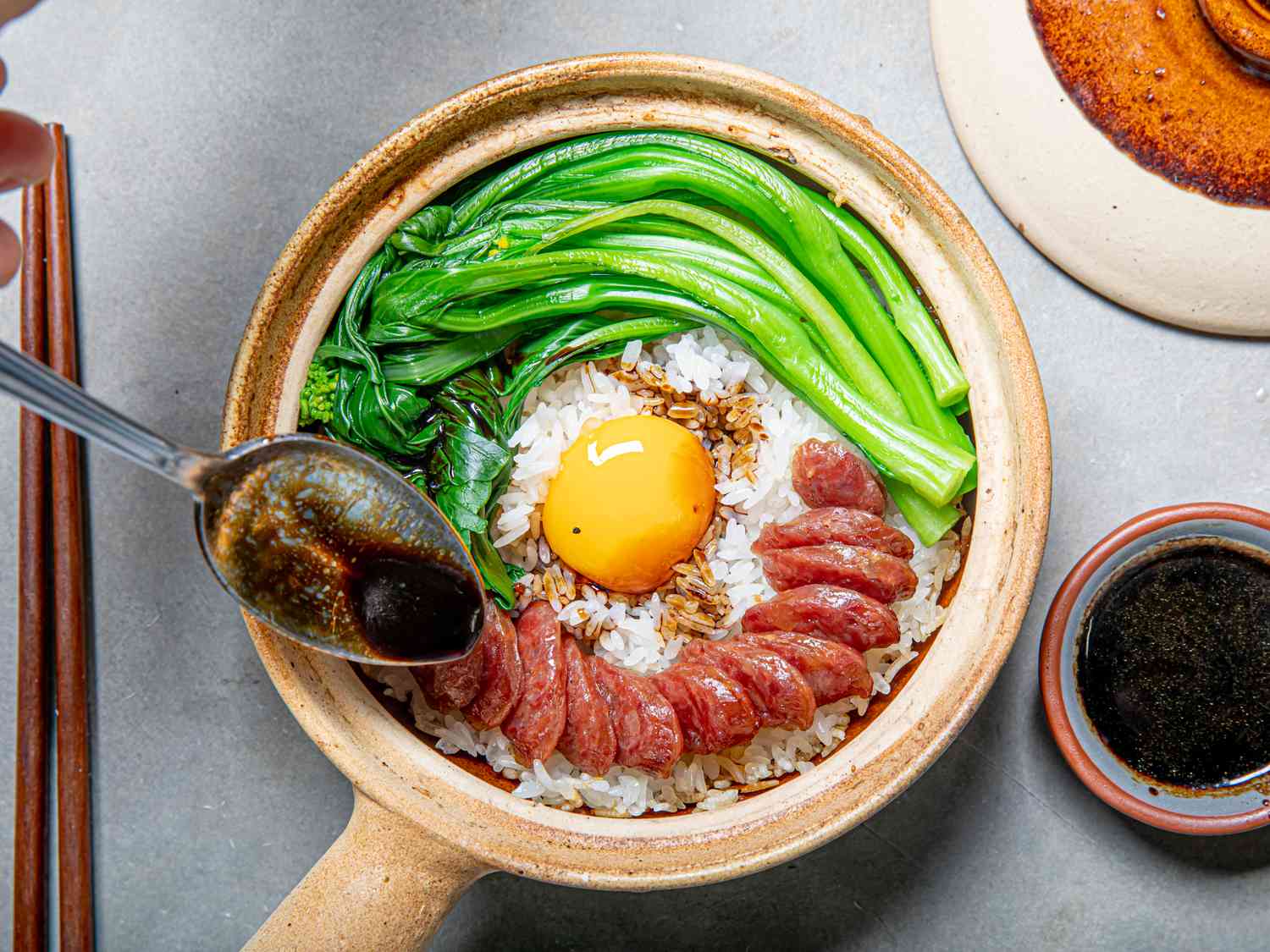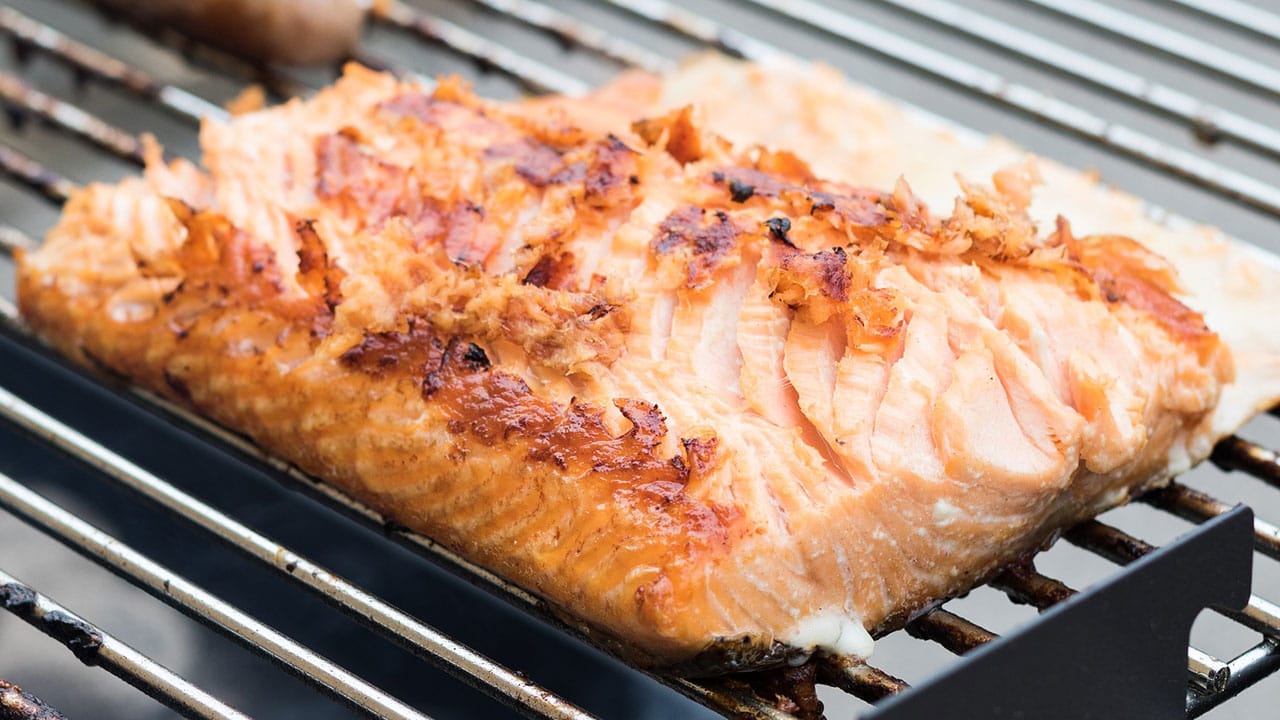Cooking chicken tenders is an art that combines simplicity with the potential for vast creativity. Whether you're a seasoned chef or someone just starting out in the kitchen, mastering this dish can bring immense satisfaction. Chicken tenders, known for their juicy interior and versatile nature, serve as a blank canvas for a variety of flavors and cooking techniques. From grilling and frying to baking, each method offers a unique taste experience. In this guide, we'll walk through essential tips and tricks to ensure your chicken tenders come out perfectly cooked, tender, and delicious every time. Let's get started on this culinary adventure.
Essential Ingredients for Your Chicken Tenders
- Chicken tenders (1 pound)
- Salt (1 teaspoon)
- Black pepper (½ teaspoon)
- Paprika (1 teaspoon)
- Garlic powder (½ teaspoon)
- Olive oil (2 tablespoons)
- Butter (1 tablespoon)
- Lemon juice (from 1 lemon)
- Fresh parsley (for garnish, optional)
Must-Have Tools for Crafting Perfect Chicken Tenders
- Sharp Chef's Knife
- Cutting Board
- Measuring Cups and Spoons
- Mixing Bowls
- Skillet or Frying Pan
- Tongs
- Meat Thermometer
- Paper Towels
- Aluminum Foil or Baking Sheet (for oven-baked method)
- Wire Rack (optional, for oven-baked method to ensure even cooking)
Cooking chicken tenders involves seasoning them first, then pan-frying or baking until golden and juicy. Ensure internal temperature reaches 165°F for safety. Let rest briefly before serving to retain moisture.
The Secret Behind Perfectly Cooked Chicken Tenders
Cooking chicken tenders properly ensures they're juicy and flavorful, avoiding the common pitfall of dry, bland meat. This technique is crucial for creating a versatile protein source that can elevate any meal, from salads to pastas, making it a staple in home cooking.
Understanding the right way to cook these poultry pieces also empowers home chefs to experiment with various seasonings and cooking methods, such as grilling, baking, or frying. This versatility ensures that chicken tenders remain a favorite, offering endless possibilities for delicious and nutritious dishes.
Your Ultimate Guide to Cooking Chicken Tenders
How To Cook Chicken Tenders
-
Selecting Chicken Tenders: Opt for fresh or thoroughly thawed chicken tenders. Ensure pieces are uniform in size for even cooking.
-
Preparation: Rinse tenders under cold water; pat dry with paper towels. This step is crucial for proper seasoning adherence.
-
Seasoning: Generously season both sides with salt, pepper, and any other desired spices. For added flavor, marinate for at least 30 minutes.
-
Breading (Optional): If preferring breaded tenders, dip each piece first in flour, then beaten eggs, and finally in breadcrumbs or panko. Ensure complete coating for a crispy exterior.
-
Cooking Method Selection:
- Pan-Frying: Heat oil in a skillet over medium-high heat. Cook tenders for 2-3 minutes per side until golden and internal temperature reaches 165°F.
- Baking: Preheat oven to 375°F. Place tenders on a greased baking sheet. Bake for 20-25 minutes, flipping halfway through, until internal temperature is 165°F.
- Grilling: Preheat grill to medium-high. Grill tenders for 3-4 minutes per side until fully cooked and internal temperature hits 165°F.
- Air Frying: Preheat air fryer to 375°F. Cook tenders for 7-8 minutes, flipping halfway through, until crispy and cooked through.
-
Resting: Allow cooked tenders to rest for a few minutes before serving. This step helps in retaining juices, making them more tender.
-
Serving: Serve hot with your choice of dipping sauces or incorporate into dishes as required.
-
Storage: Store leftovers in an airtight container in the refrigerator for up to three days. Reheat before serving to ensure safety and quality.
Mastering Chicken Tenders
Cooking chicken tenders isn't just about following a recipe; it's an art that combines the right techniques with the perfect blend of flavors. Whether you're a novice in the kitchen or a seasoned chef, mastering these golden strips of joy can elevate your cooking game. Remember, choosing quality chicken, marinating for flavor depth, cooking at the right temperature, and experimenting with various coatings and seasonings are key steps to achieving that crave-worthy crunch and juicy interior. Don't be afraid to get creative with dips and sides to complement your tenders. With practice and a bit of culinary curiosity, you'll find that making mouthwatering chicken tenders at home is not only possible but also incredibly rewarding. So, grab your apron, and let's make every meal a tender-licious adventure!
For those keen on mastering chicken tenders, this guide offers a variety of recipes that cater to different tastes. The Classic Fried Chicken Tenders Recipe is a must-try for its crispy, golden-brown perfection. If you're into a sweet and tangy flavor, the Honey Mustard Chicken Tenders Recipe won't disappoint. Spice lovers can enjoy the Buffalo Chicken Tenders Recipe for that extra kick. For a lighter option, the Crispy Baked Chicken Tenders Recipe provides a healthier yet equally delicious alternative. And for an added twist, the Coconut-Crusted Chicken Tenders Recipe brings a tropical flair to your plate. Each recipe is designed to help you perfect your technique and expand your culinary repertoire.
All Your Questions About Chicken Tenders Answered
How long should I cook chicken tenders?
Cooking chicken tenders usually takes about 10 to 12 minutes in a skillet over medium-high heat. Ensure they're golden brown on each side and cooked through. Using a meat thermometer, check if they've reached an internal temperature of 165°F (74°C) for perfect juiciness and safety.
What's the best way to season chicken tenders?
Seasoning chicken tenders can be as simple or as complex as you like. For a quick, tasty option, mix salt, pepper, garlic powder, and paprika. Want to kick things up a notch? Marinate them in a mixture of olive oil, lemon juice, herbs, and spices for a few hours before cooking. This not only adds flavor but also tenderizes the meat.
Can I bake chicken tenders instead of frying them?
Absolutely! Baking chicken tenders is a healthier alternative to frying. Preheat your oven to 400°F (200°C), place the tenders on a baking sheet, and bake for about 15-20 minutes. Flip them halfway through to ensure they're evenly cooked. They should be golden and crispy on the outside, tender and juicy on the inside.
How do I make my chicken tenders crispy without frying?
For crispy chicken tenders without frying, try oven-baking with a coating. Dip each tender in beaten eggs, then dredge in a mixture of breadcrumbs and grated Parmesan cheese. Bake on a wire rack over a baking sheet to allow air circulation, creating a crispy texture all around.
What dipping sauces pair well with chicken tenders?
Chicken tenders go great with a variety of dipping sauces. Classics include ketchup, honey mustard, and barbecue sauce. Feeling adventurous? Whip up a homemade garlic aioli or a tangy buffalo sauce. For a healthier option, try Greek yogurt mixed with herbs and spices.
How can I keep leftover chicken tenders from getting soggy?
To keep leftover chicken tenders from getting soggy, store them in an airtight container in the refrigerator. When you're ready to eat, reheat them in the oven or on a skillet instead of the microwave. This helps to maintain their crispiness. Placing them on a wire rack while reheating allows hot air to circulate, ensuring they stay crispy.
Is there a gluten-free option for cooking chicken tenders?
For a gluten-free version of chicken tenders, use almond flour or coconut flour instead of traditional breadcrumbs for the coating. You can also opt for gluten-free breadcrumbs available in most supermarkets. Ensure all your other ingredients, including seasonings and marinades, are gluten-free to avoid contamination.
Was this page helpful?
Read Next: How To Cook A Tender Brisket
